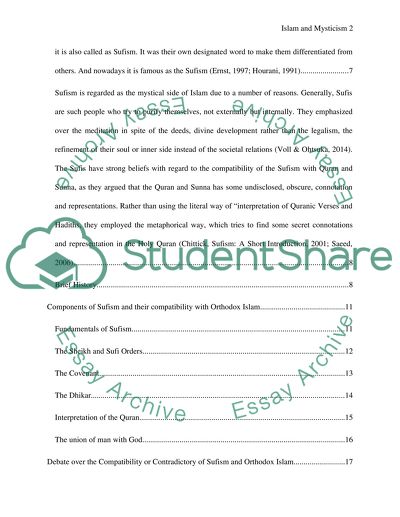Cite this document
(“Arab - Islamic Culture and Civilization Research Paper”, n.d.)
Retrieved from https://studentshare.org/religion-and-theology/1662394-arab-islamic-culture-and-civilization
Retrieved from https://studentshare.org/religion-and-theology/1662394-arab-islamic-culture-and-civilization
(Arab - Islamic Culture and Civilization Research Paper)
https://studentshare.org/religion-and-theology/1662394-arab-islamic-culture-and-civilization.
https://studentshare.org/religion-and-theology/1662394-arab-islamic-culture-and-civilization.
“Arab - Islamic Culture and Civilization Research Paper”, n.d. https://studentshare.org/religion-and-theology/1662394-arab-islamic-culture-and-civilization.


